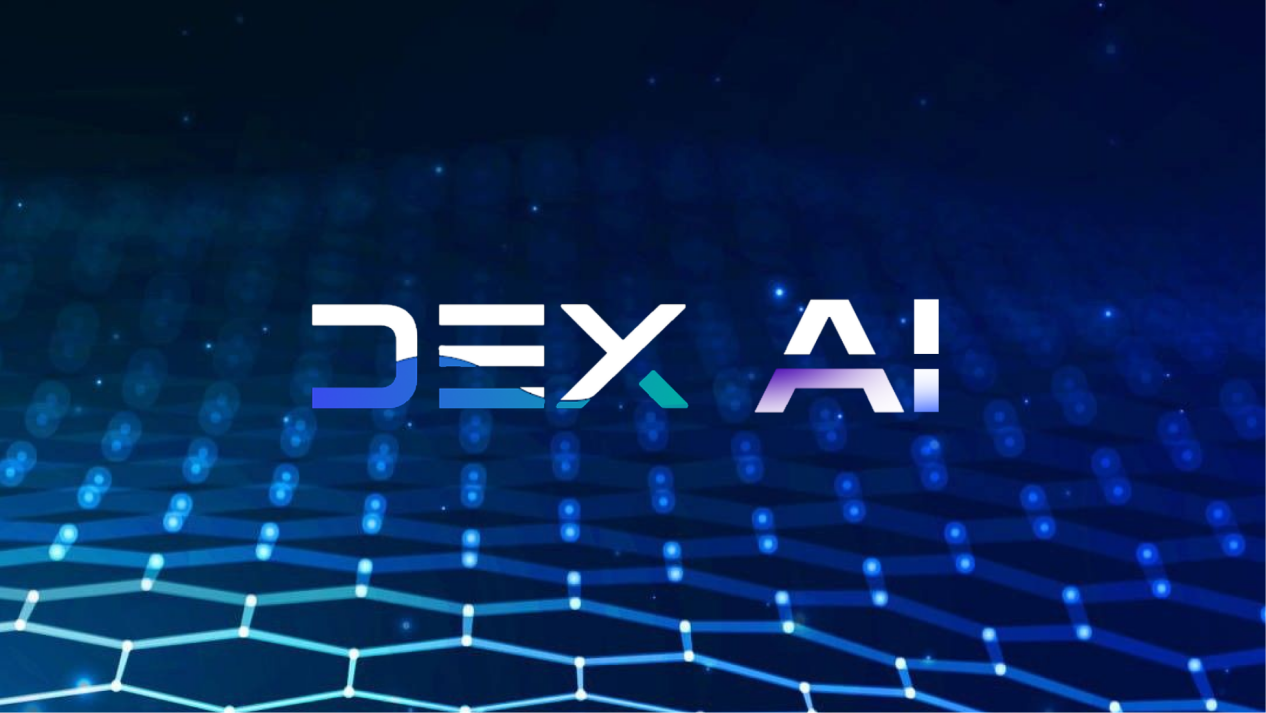2025-08-15

As AI × DeFi integration accelerates worldwide, the challenge of combining distributed computing resources with robust on-chain economic models has become central to advancing decentralized financial infrastructure. The D3XAT Joint Protocol is an innovative solution born from this trend.
By leveraging burn-to-mine, value buybacks, multi-tier revenue sharing, and on-chain governance, the protocol creates a computing economy that is both scarcity-driven and sustainably growing, offering unprecedented collaborative value for node operators, investors, and ecosystem partners.
Unlike traditional token mining models, the D3XAT Joint Protocol directly anchors token issuance to verifiable on-chain computing contributions. Every unit of D3XAT generated comes from actual computational tasks performed by nodes, with results tracked and verified via on-chain data.
The protocol also introduces a permanent burn mechanism:
This closed-loop model of “production–circulation–burn” ensures that D3XAT possesses not only liquidity but also scarcity and long-term value growth potential.
The D3XAT Joint Protocol is more than a miner incentive model — it’s a multi-role, symbiotic ecosystem:
All core parameters — including token emission rates, burn ratios, and revenue distribution models — are determined via on-chain governance. Holders of D3XAT can propose and vote on changes, enabling community-led adaptation and optimization.
This self-evolving mechanism ensures the protocol remains agile, adapting to market conditions and technological advancements while avoiding centralization-induced stagnation.
The D3XAT Joint Protocol is not only the economic backbone of the D3X platform but also a testing ground for the marketization and assetization of global distributed computing power. As more nodes and partners join, D3XAT is poised to become a key infrastructure in the AI × DeFi convergence, driving the efficient circulation and monetization of computing resources on-chain.
Official D3X Statement:
“The D3XAT Joint Protocol is more than an economic model — it is an infrastructure to transform computing power into a globally liquid asset, creating a stable, transparent, and sustainable bridge between AI computation and decentralized finance.”
12-24
12-24
12-24
12-24
12-23
12-23
12-23
12-23
12-22
12-22